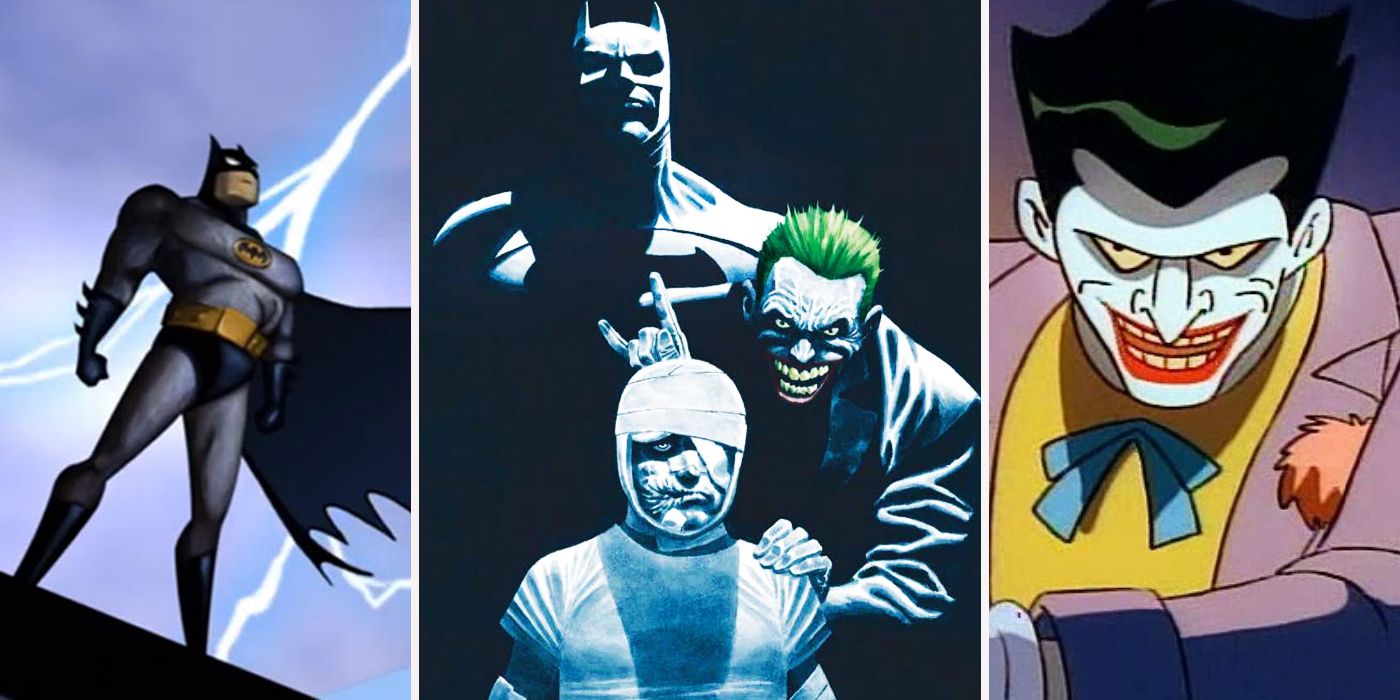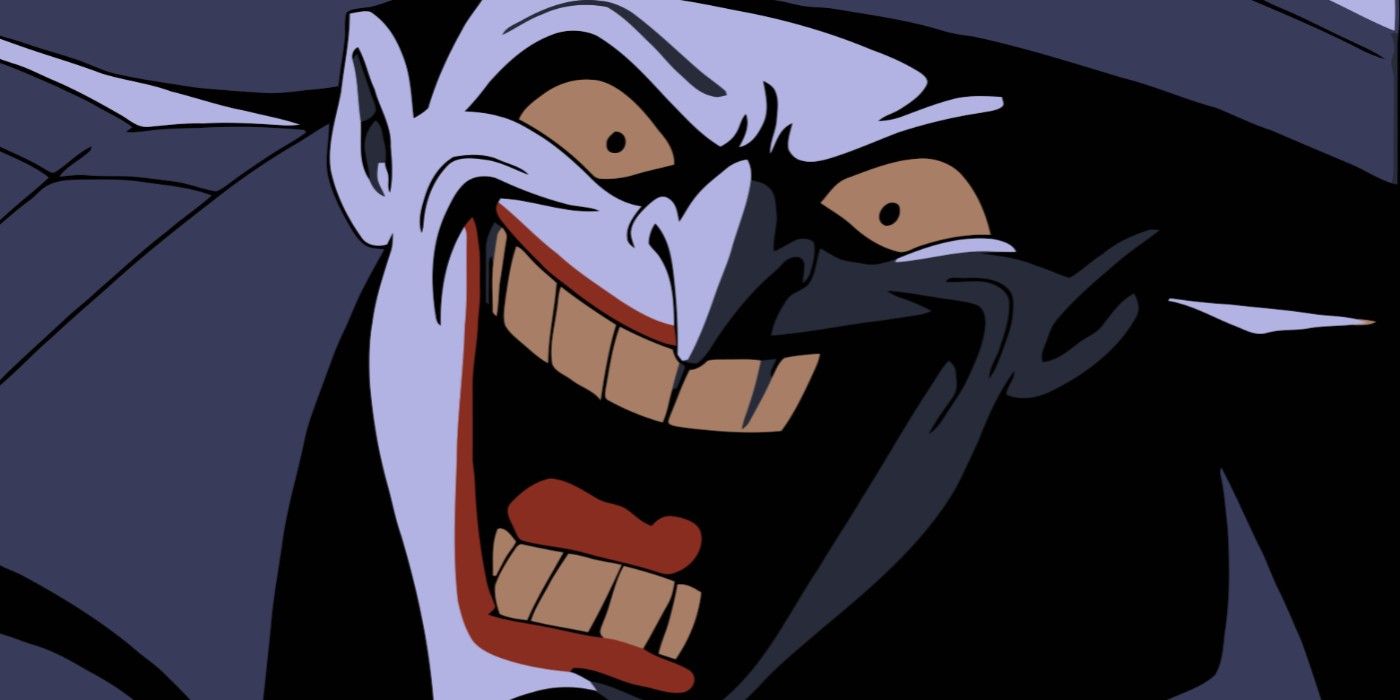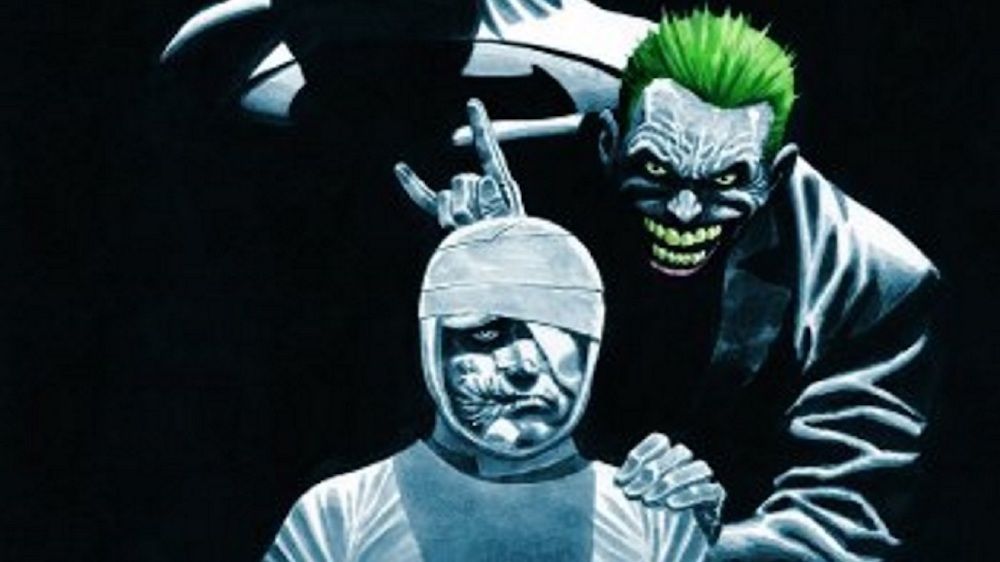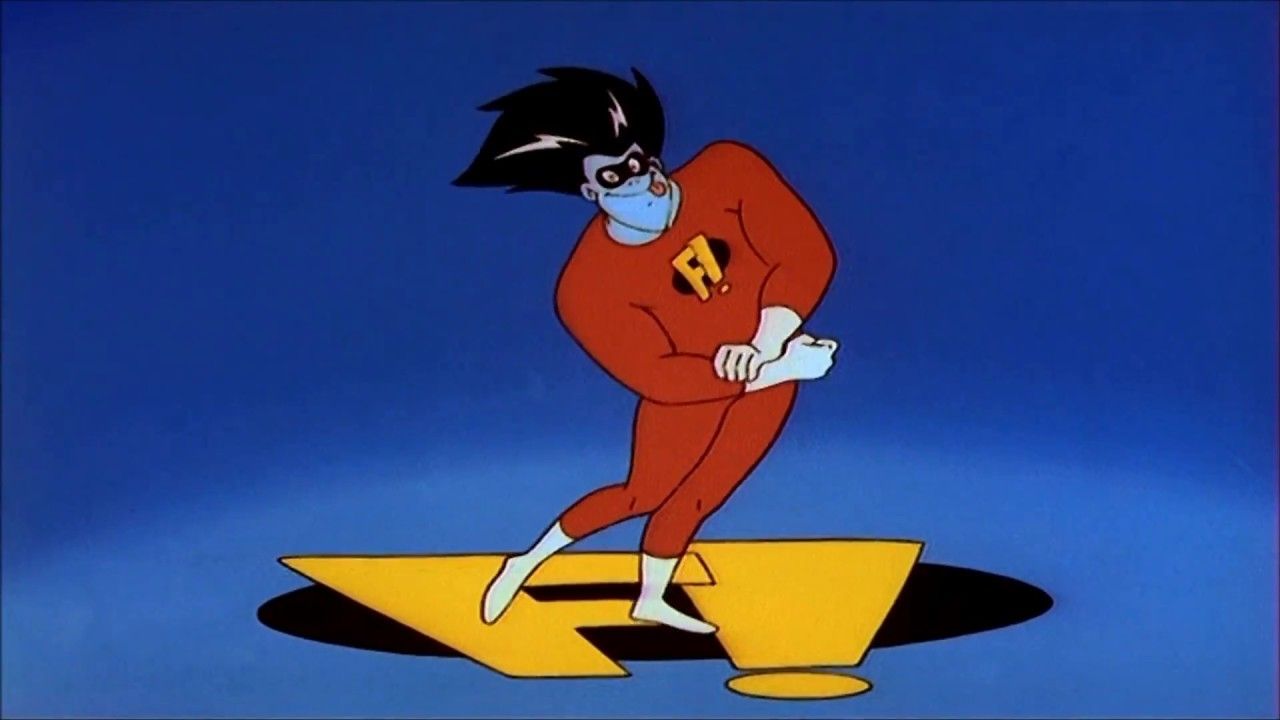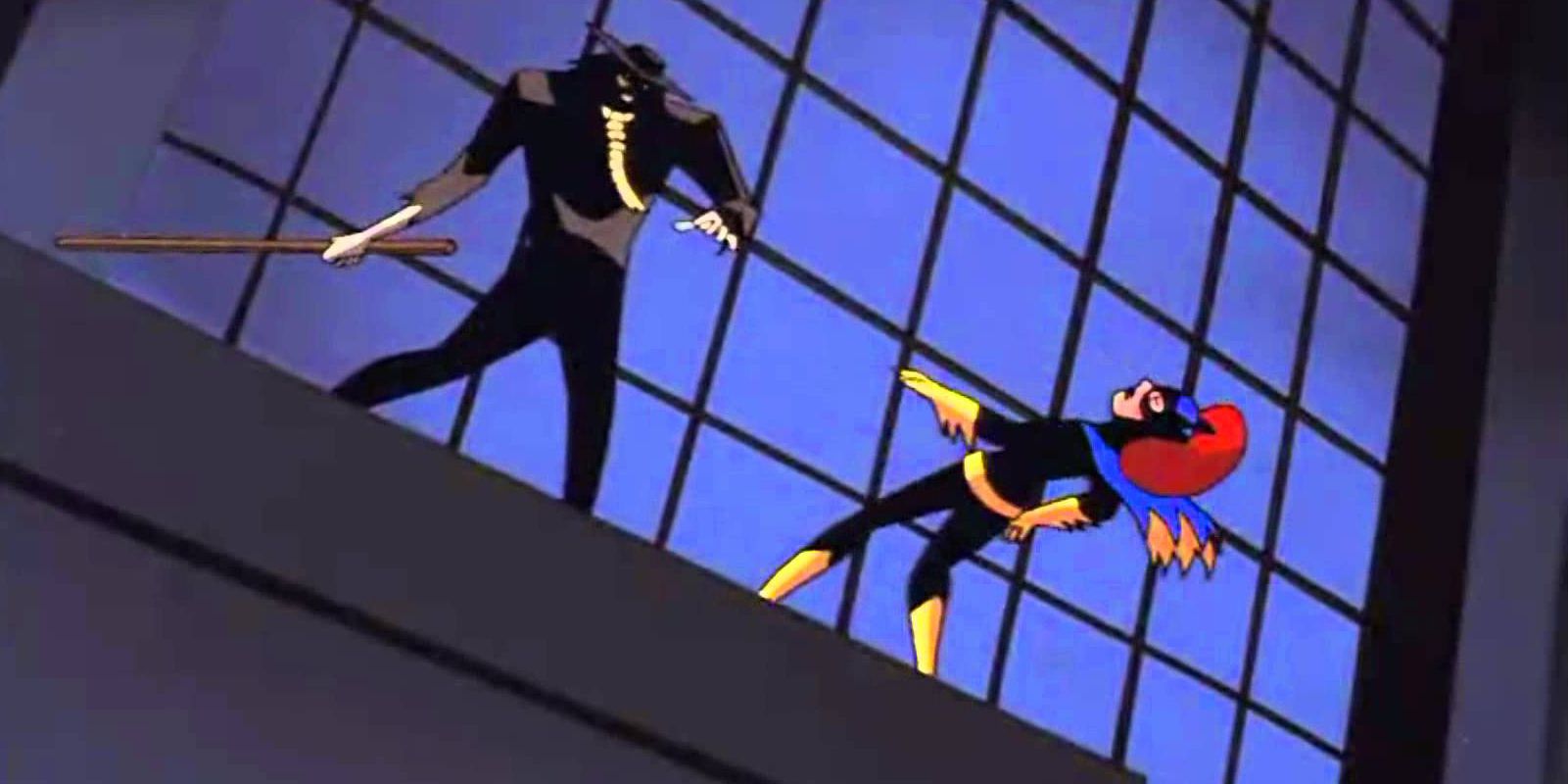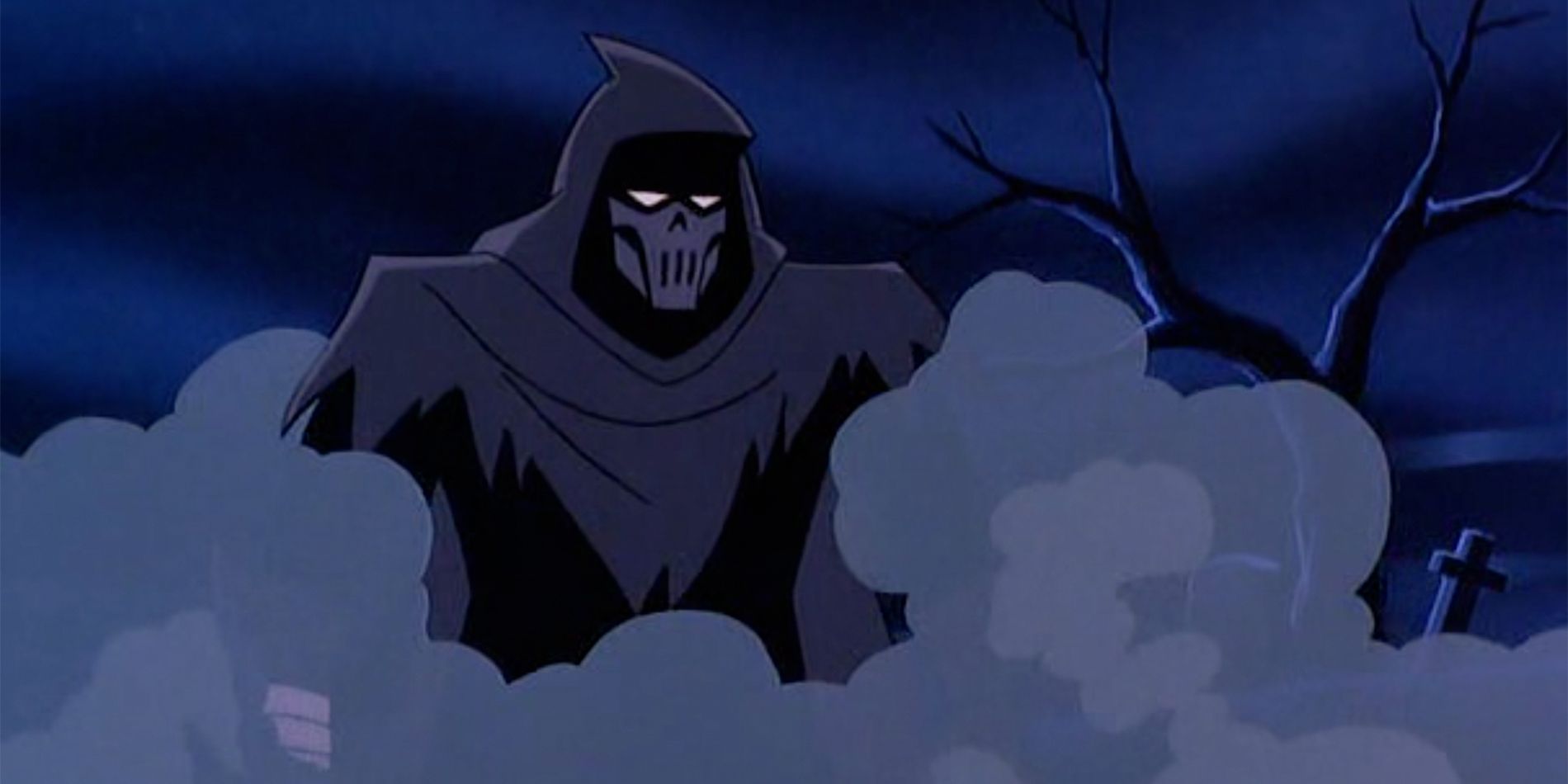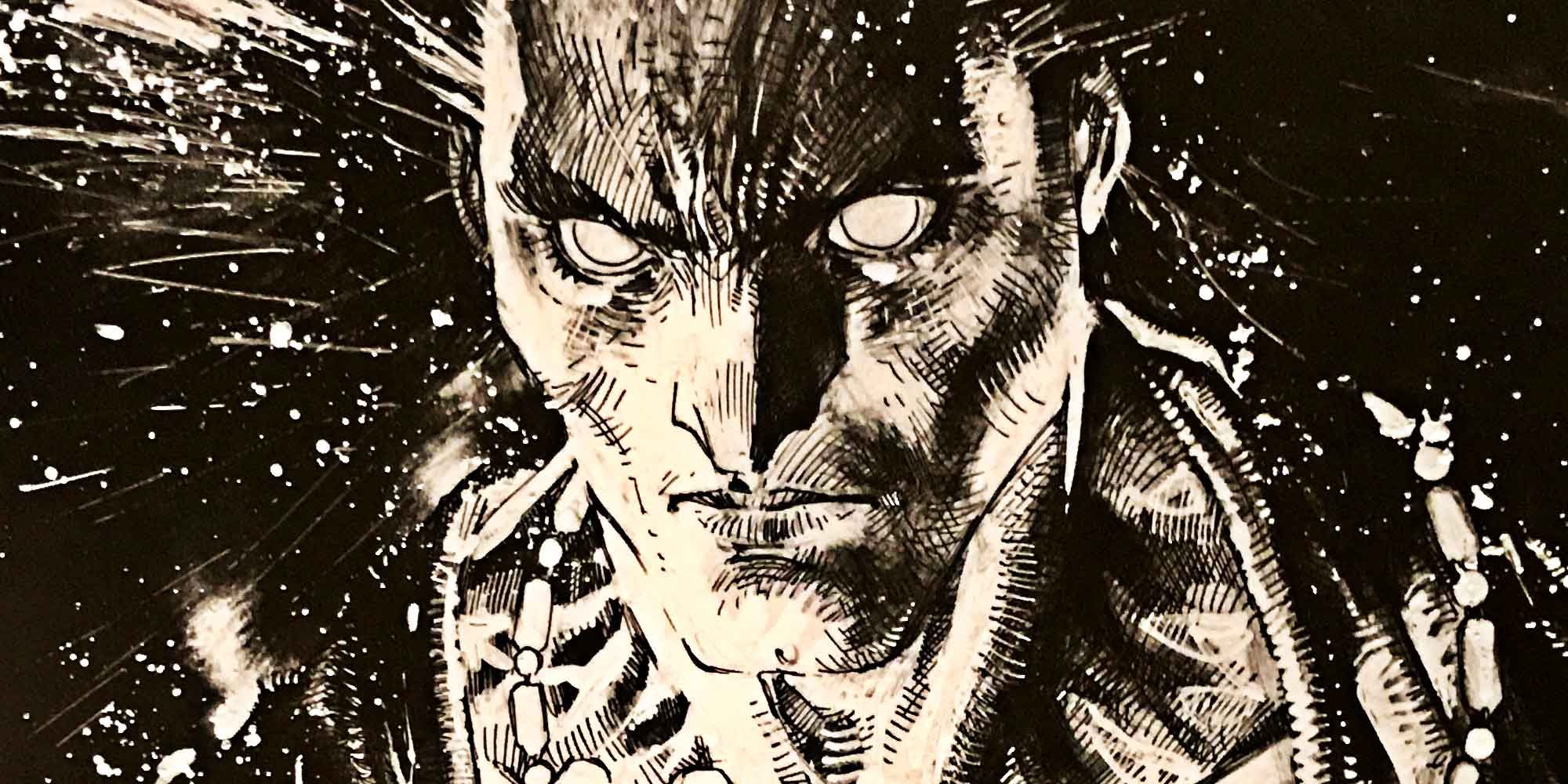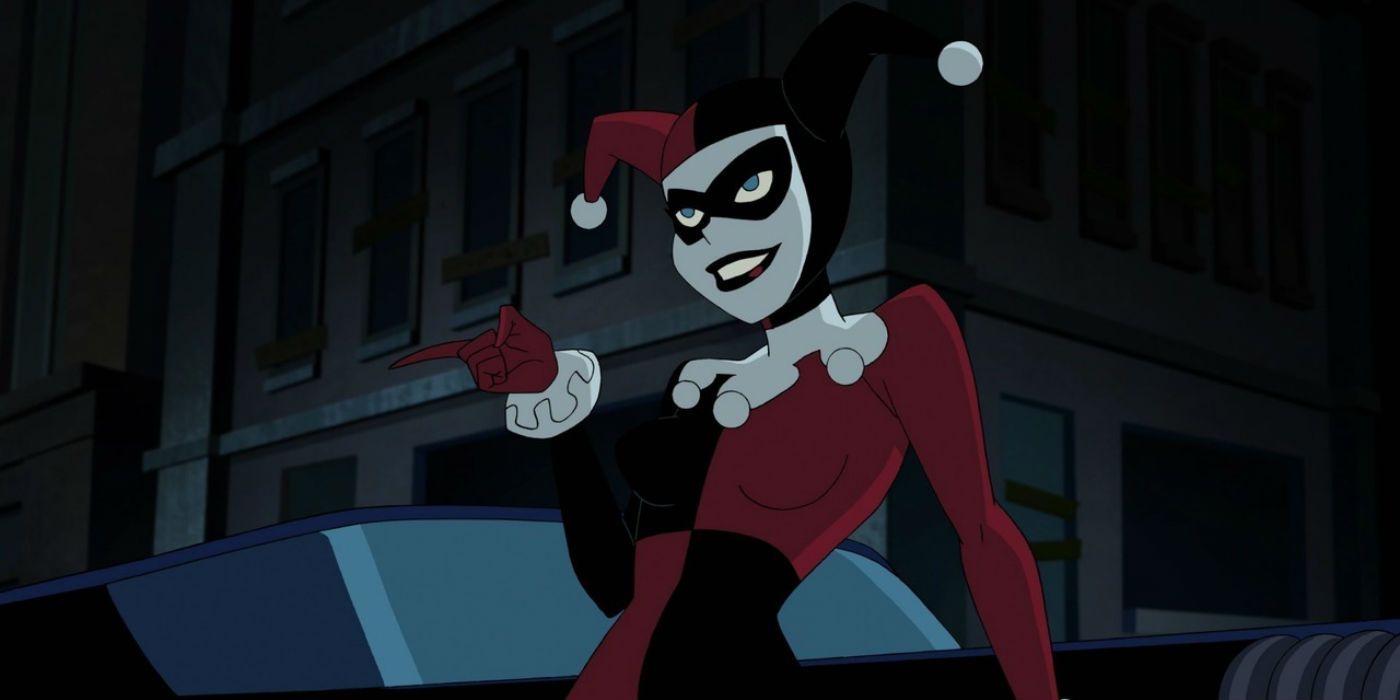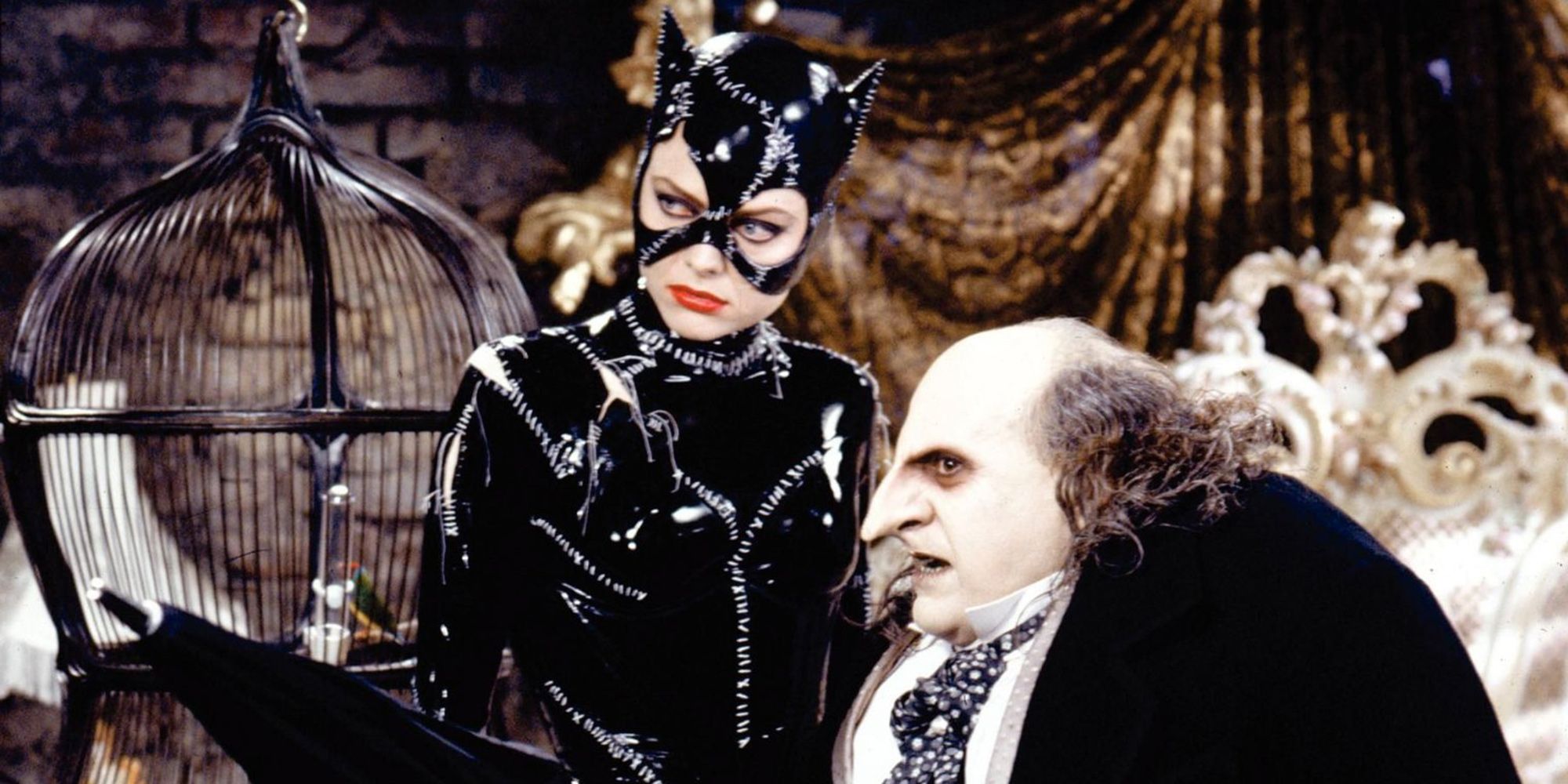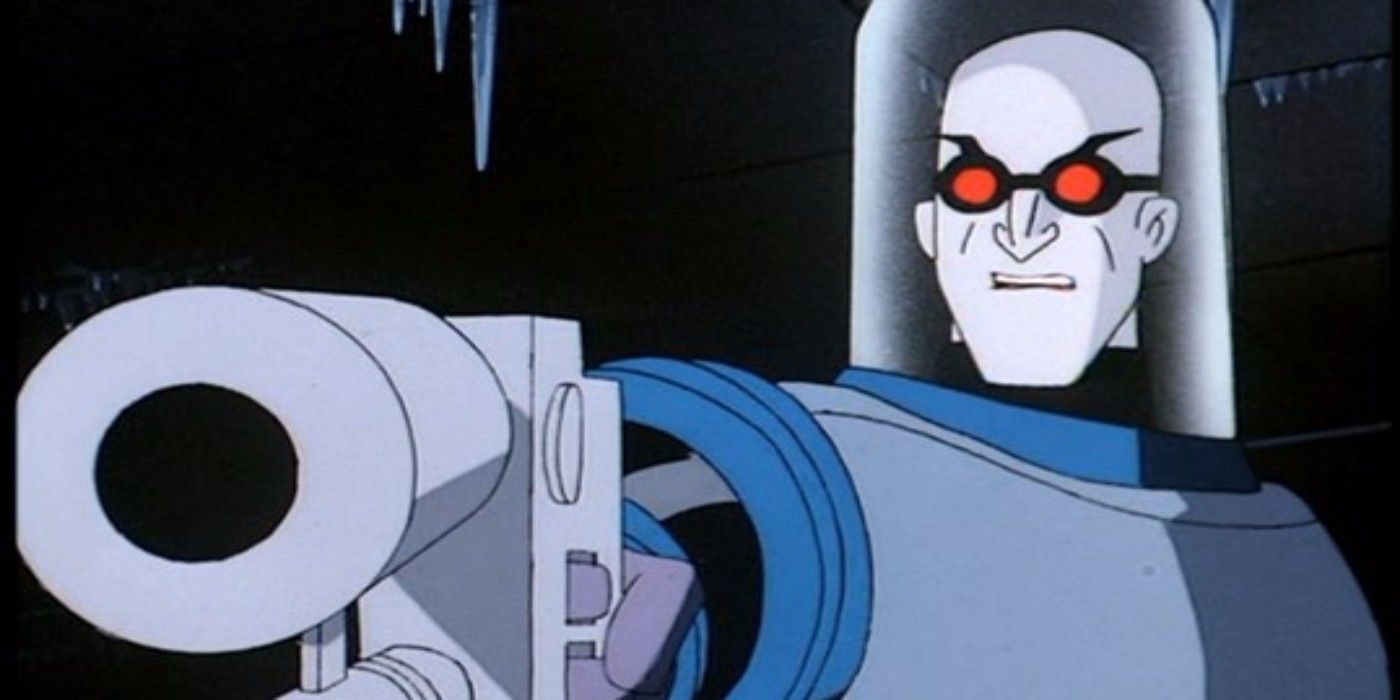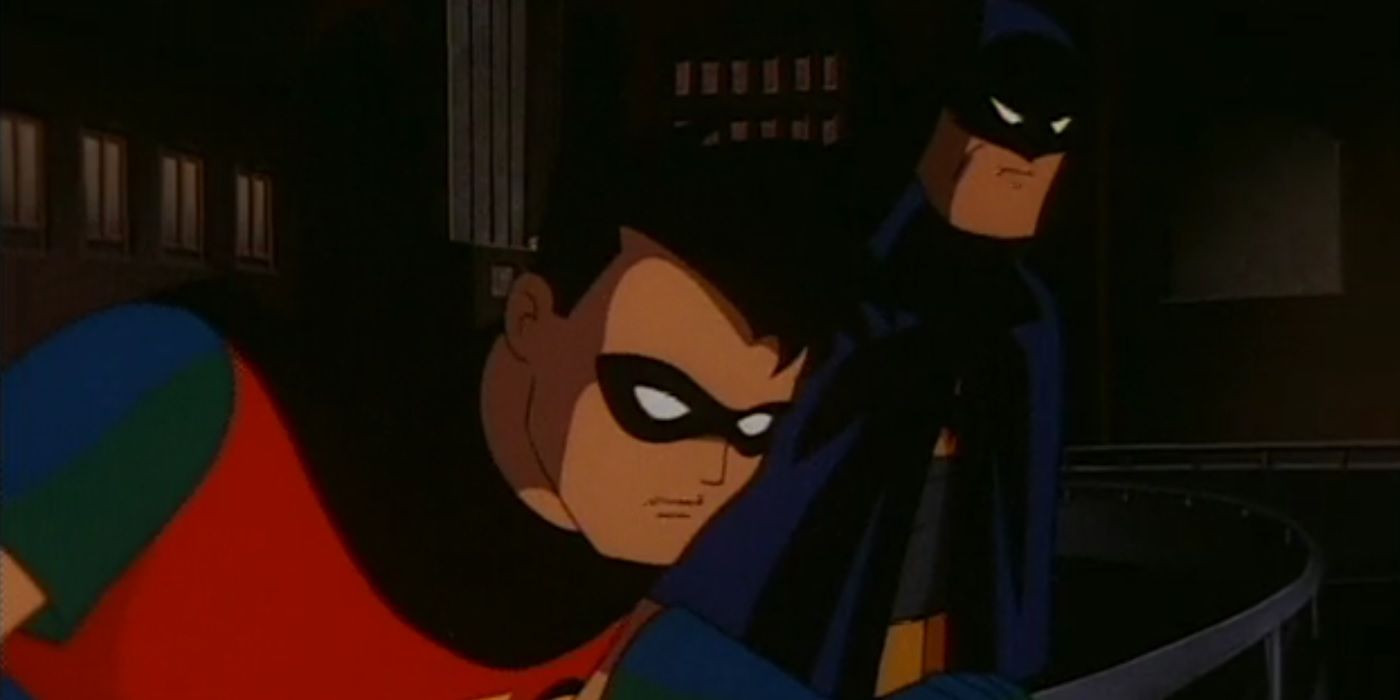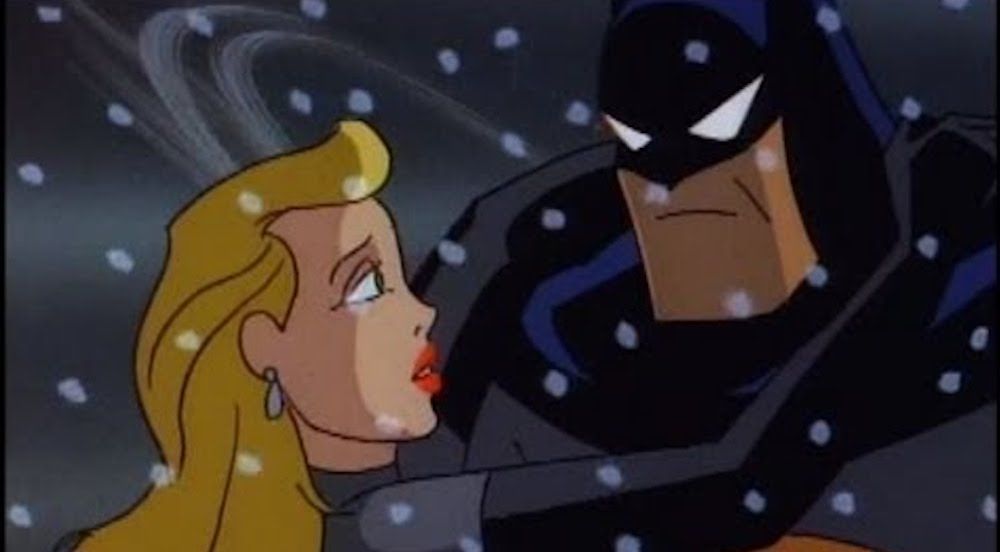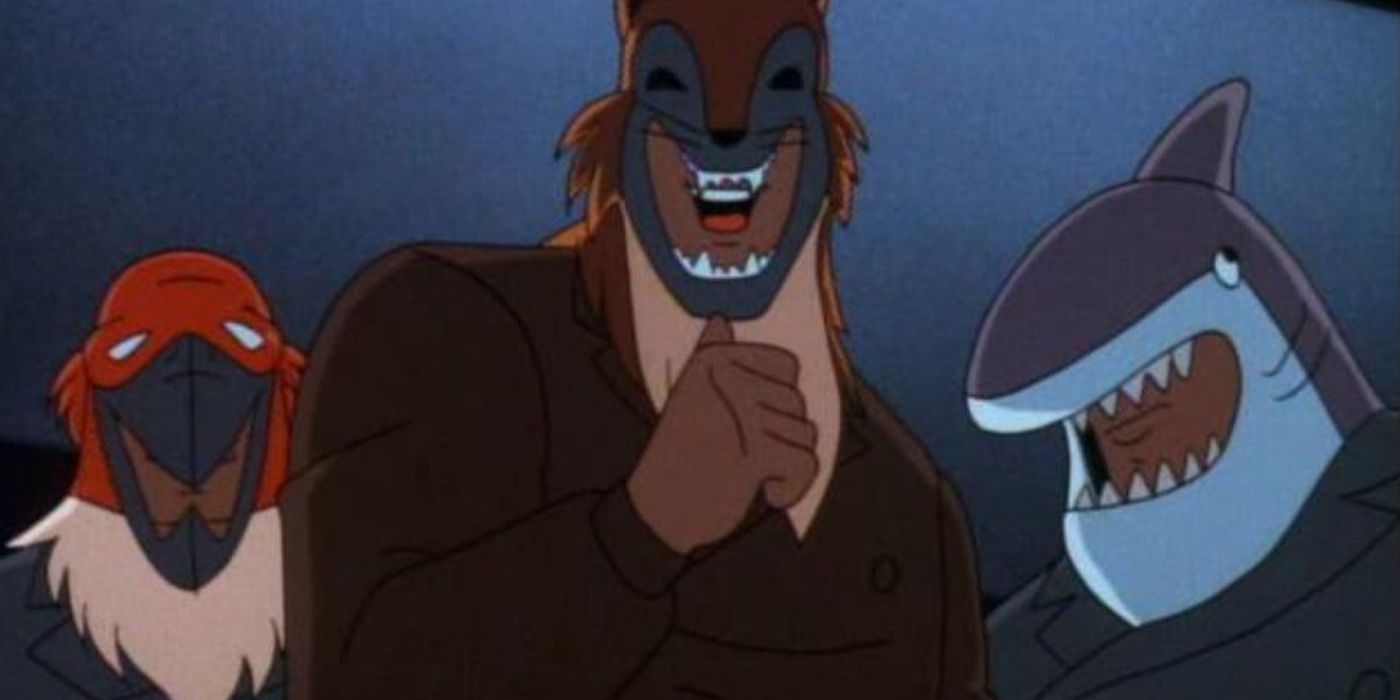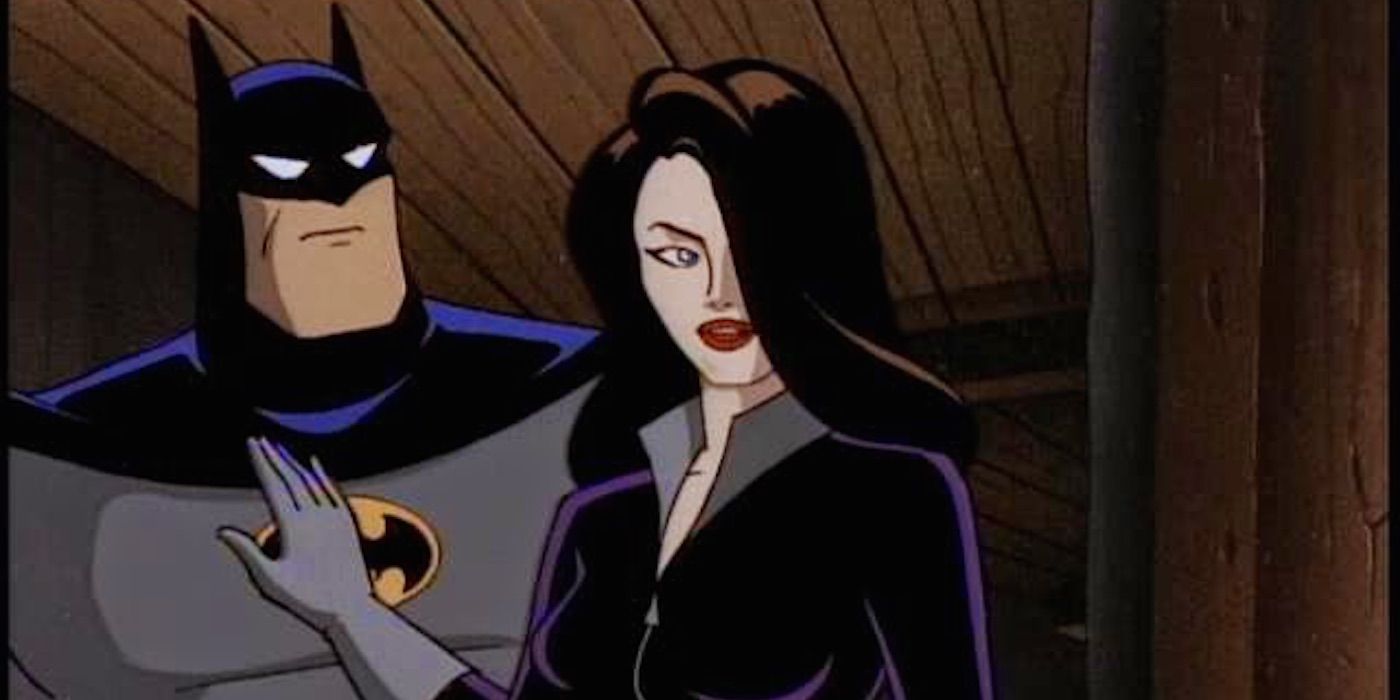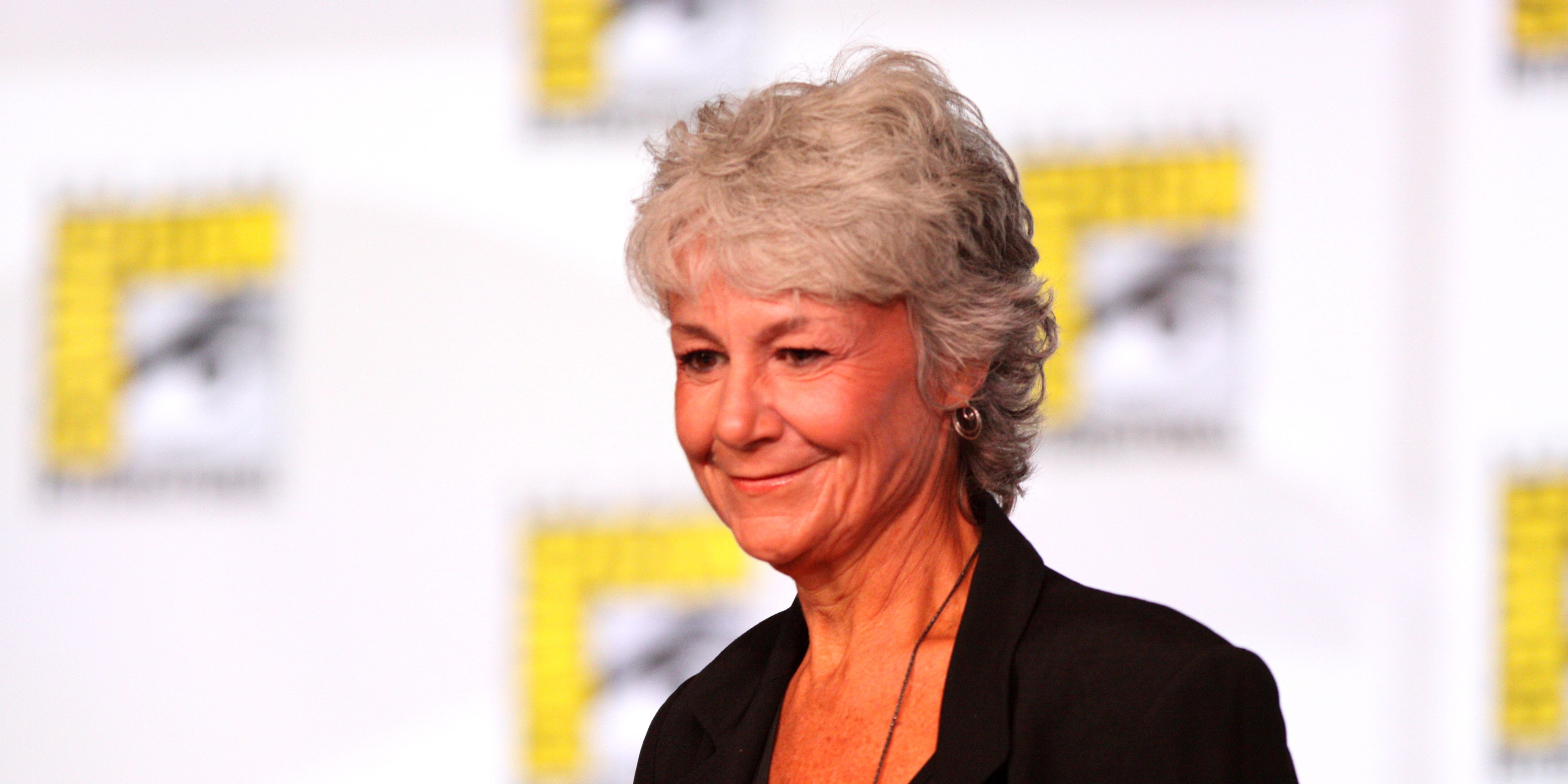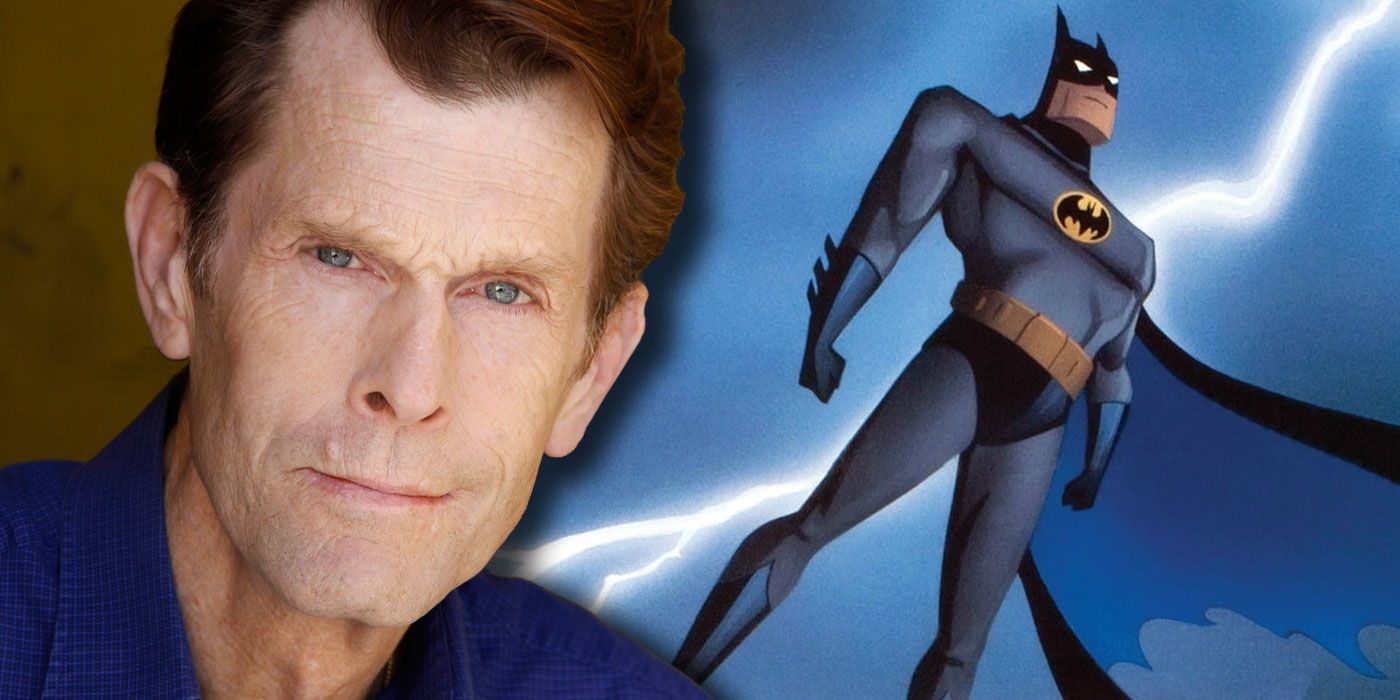Twenty-five years after it first hit the air, Batman: The Animated Series still tops almost every list of the best superhero cartoons and ranks highly on most considerations of TV animation in general. Combining influences from every era of Batman, from the original Bob Kane and Bill Finger Golden Age stories, up through the Tim Burton movies, it's as close as one could possibly get to a definitive interpretation of the Caped Crusader. It introduced a generation of kids to the character while impressing adult fans with its style, maturity, and strong writing.
RELATED: The 15 Most Scandalous BTS Fights In The MCU
Batman: The Animated Series was the start of a 14-year run of high quality animated series by Bruce Timm, Alan Burnett, and Paul Dini collectively known as the DC Animated Universe, and even after the DCAU ended Warner Bros. Animation has continued to produce more animated DC series and movies with many of the same creative talent. So what was this animation dream team like when starting out? What fascinating stories are there behind the scenes of Batman: The Animated Series? This list will take you through 15 such stories from the making of one of the best superhero shows ever. Some of these stories are funny, others are tragic, and one even has an entire book written about it!
15 TIM CURRY ALMOST PLAYED THE JOKER
Mark Hamill as The Joker is one of those perfect performances that nobody could possibly have seen coming. Who'd have thought in 1991 that Luke Skywalker would be arguably the definitive voice for the Clown Prince of Crime? Now Tim Curry as The Joker, that's the sort of casting you'd automatically think up. Curry's got a history of giving comically over-the-top villain performances, so of course you'd want him to be The Joker. And he almost was!
Curry got bronchitis just before recording began, and the production had to find a new voice actor quickly. Fortunately, Mark Hamill was such a huge Batman geek that he was willing to take any role they could have given him, and The Joker just happened to be his dream part. The casting was a match made in heaven, and Hamill reprised the part in subsequent TV series, movies and video games.
14 ITS WRITER ALMOST DIED
The most horrifying behind the scenes story from the production of Batman: The Animated Series was recounted in Paul Dini's graphic memoir Dark Night: A True Batman Story. When walking home from a date one night in 1993, Dini got violently mugged and beaten. Parts of his skull were shattered. It's a miracle he survived.
The incident took an extreme psychological toll on Dini. How does one keep writing about superheroes when there weren't any to rescue him in real life? Dark Night, illustrated by Eduardo Risso, represents Dini's coping with the trauma through imagined conversations with Batman and his rogues gallery. Towards the end of the memoir he comes to some major realizations about the need for entertainment in a world that contains more darkness than any comic.
13 BATMAN 2: FREAKAZOID?
As Batman: The Animated Series wrapped up its run on FOX Kids in 1995, Bruce Timm was preparing a new superhero show. A sort of hybrid of Spider-Man and Madman, the show had Steven Spielberg's blessing as producer, and was going to be WB's next great action cartoon. That is, until it wasn't an action cartoon anymore, and became Freakazoid!
Spielberg kept pushing the comedy aspect of it to the point where Timm felt like he had nothing to offer in that direction, so he left the project. Tom Ruegger of Tiny Toons and Animaniacs fame would take over production while keeping Timm's character designs. A sense of Timm's original vision for Freakazoid! can be seen in the portrayal of The Creeper in The New Batman Adventures.
12 CENSORSHIP ACTUALLY HELPED
Bruce Timm's policy on notes from the network censors would be to follow every instruction to the letter... and then somehow find a way to make whatever scene they were censoring even more disturbing. In "I am the Night," for instance, the censors objected to a scene of Robin being shot on-screen, so they replaced it with a scene of Gordon being shot off-screen that ended up being more powerful.
A simple change in camera angle in "Over the Edge" made Batgirl's fall to her apparent death both less graphically violent and all the more viscerally scary. The death of Robin's parents in "Robin's Reckoning" was all the more tragic due to how little they could show of the accident. Considering the more negative responses to Bruce Timm's recent "adult" films, having content limitations would seem to improve his creativity.
11 MASK OF THE PHANTASM ALMOST WASN'T
Mask of the Phantasm, the only DCAU movie to get a theatrical release and one of the best Batman movies period, completely bombed at the box office despite great reviews. Why was that? The biggest culprit was a near complete lack of marketing, due to the theatrical release being last-minute.
Warner Bros. had success with Tiny Toons: How I Spent My Vacation, the first American direct-to-video cartoon, so they asked the Batman crew to make a DTV feature. Originally the plot of the episode "Trial" was proposed for the movie, but the idea was deemed lacking in action. The new movie idea combined Alan Burnett's interest in a Batman romance story with origin story flashbacks borrowing from the unproduced script "Vigil." The result was deemed worthy of a theatrical release. If only the release was planned better.
10 WHAT DREAMS DIDN'T COME
Morpheus from the Sandman series almost made an appearance in Batman: The Animated Series. Contrary to what some have theorized about the reasoning for its cancelation, Neil Gaiman has repeatedly voiced that he was 100% enthusiastic about the idea when Paul Dini approached him about it, even proposing the casting of John Hurt in the role.
The big reason this never happened was in 1993, Vertigo split off as its own brand from DC, and a separation between the two companies' properties became enforced. They didn't want kids to be watching their Saturday morning cartoons only to be introduced to a character from a book "for mature readers," so the Sandman/Batman crossover episode never happened. Gaiman still pushed for it to happen as late as Batman Beyond's production, but no such luck.
9 THE VOICE THAT LAUNCHED THE VIXEN
Batman: The Animated Series' biggest influence on the greater Batman mythos has to be the invention of Harley Quinn. When Paul Dini created her, he had his friend Arleen Sorkin in mind for the role from the beginning. An episode of the soap opera Days of Our Lives in which Sorkin acted out a dream sequence in clown make-up was Dini's original inspiration.
Harley was supposed to be a one-off character in the episode "Joker's Favor," but Sorkin's comedic delivery made her an instant favorite, and she would go on to appear in not just more animated episodes but the main DC comics continuity. Sorkin would reprise her role in subsequent DCAU series Superman, Gotham Girls, Static Shock, and Justice League, as well as in multiple video games, but starting in 2012 Tara Strong replaced her as the go-to voice of Harley Quinn.
8 THE BURTON DYNAMIC
Batman: The Animated Series was considered a risk in its initial pitching stages until Tim Burton's Batman became a worldwide blockbuster. With the series premiering the same year as Burton's Batman Returns, it wasn't strictly beholden to fitting the style or continuity of the movies, but Burton's influence can be found throughout various parts of the show.
The most obvious commonality between the series and the movies is Danny Elfman's theme music, but more influence can be found in the character designs. While The Penguin's characterization in BTAS is very different from the Batman Returns portrayal, the character design was meant to evoke Danny DeVito's freakier Penguin. Similarly, Catwoman was changed from a brunette to a blonde to better resemble Michelle Pfieffer's version of the character.
7 MR. FREEZE WAS LUKEWARM
The original writer's bible for Batman: The Animated Series-- a massive 156 page document containing character bios, style tips and concept art-- presents a clear outline of what the series would end up being. There are, however, some major changes between the bible and the final product, and the biggest difference is in Mr. Freeze's characterization.
In the bible, Mr. Freeze is just a simple ice-themed criminal who was a bad guy before his accident and remained a bad guy after, one who was decidedly unemotional. In the actual show, Mr. Freeze is a tragic and sympathetic character who might act "cold" but is entirely driven by his love for his terminally ill wife. "Heart of Ice," the episode that introduced this reinvention of Mr. Freeze, won an Emmy for Outstanding Writing in an Animated Program.
6 NEEDS MORE ROBIN
If Batman: The Animated Series was going for a more mature take on The Dark Knight, how do you keep the kids interested? Frankly, just being a Batman show should be enough to get kids watching, but the executives at FOX Kids wanted an extra guarantee of safety. That guarantee? Add more Robin at every chance they could get.
While the early episodes contained a bunch of Batman solo adventures and only included The Boy Wonder sporadically, FOX demanded more and more of Robin as the series went on. A proposed Catwoman/Black Canary team-up episode got canned specifically because it didn't have enough Robin. The show's last season on FOX included Robin in every episode and was retitled The Adventures of Batman and Robin.
5 THE WAR OF ANIMATION
Batman: The Animated Series, like the other '90s Warner Bros. cartoons, used a variety of international animation studios to outsource work. The best animation in the series is generally agreed to be in the episodes done by TMS Entertainment, the Japanese studio that animated Akira. Much of the worst animation came from the South Korean studio AKOM.
Bruce Timm and other crewmembers have been vocal in their distaste for AKOM's work on the show. Timm even savaged their work on "The Cat and the Claw: Part 2" and "Prophecy of Doom," while 80% of their original work on "The Last Laugh" had to be reanimated. Akom's work on the episode "Cat Scratch Fever" was so bad that Bruce Timm had them officially dropped from the production.
4 BRUCE TIMM HATED THIS EPISODE
With 85 episodes on FOX and an additional 24 New Batman Adventures episodes, not every episode could be a winner. Some episodes that Bruce Timm has expressed disappointment with include "I've Got Batman in My Basement," "Cat Scratch Fever," and "The Underdwellers." But what was the episode he hated the most? "The Terrible Trio."
In a post on the Toonzone message board, Timm stated that episode was not just his least favorite Batman episode, but his least favorite episode of any of the DC animated series he produced. He didn't elaborate on why, but watching the episode it's easy to figure out his reasoning. The titular villains lack motivation beyond just being jerks, the plot is weak, and the animation by the Jade studio is choppy and off-model.
3 BATMAN'S LOVE LIFE
"Ha! What a story, Batman! Anyway, how's your sex life?" Is this how Tommy Wiseau would talk to Batman, or is it how Alan Burnett would? OK, Burnett is a far better writer than Wiseau, but he did want to explore Batman's sex life more in his scripts! Naturally being a kids' show, this part of the character was not something they were allowed to explore in any depth, though Mask of the Phantasm was able to get away with an implied sex scene.
Burnett mentioned there were once plans for an episode without any dialogue called "Silent Night." From the interview he mentioned this in, it's unclear whether this episode was supposed to be one of his sexier ideas or just another thing canned for separate reasons. He also wanted to do a story with Nocturna, but vampires and blood were another no-go for FOX Kids.
2 CRUSH OF THE PHANTASM
Andrea Romano retired in August 2017, but for three decades she was the best in the business for directing voice actors, working on everything from Ducktales to Animaniacs to Avatar: The Last Airbender, and was responsible for putting together the amazing cast for the DC Animated Universe. With Kevin Conroy, the voice of Batman, one of her biggest directions was to make sure that Batman sounded sexy.
Playing off her attraction to the Caped Crusader, Conroy would flirt with Romano in his Batman voice in preparation for his recording sessions. These flirtations became a running joke among the crew and the voice cast, to the point other actors would imitate his flirtations. The writers gave Romano a gift when they named Batman's love interest in Mask of the Phantasm, Andrea Beaumont, after her.
1 KEVIN CONROY'S ORIGINAL VOICES WERE REJECTED
Speaking to The Hollywood Reporter for the 25th anniversary of the show's premiere, Kevin Conroy recalled that his original readings involved very different voices for Bruce Wayne and Batman. "My template for the two voices was the 1930s film The Scarlet Pimpernel," he said. "I played Bruce Wayne as sort of a humorous playboy to counteract the brooding nature of Batman."
The two voices idea was a good one, but his Wayne performance was too broadly humorous for the more serious tone of the series, it turned out, and he had to rerecord his first episodes to make the difference in the two voices more subtle. Bruce Timm was insistent on minimizing any jokey Adam West influence on Conroy's performance, instead directing Conroy as if he was acting in a Shakespearian tragedy.
What BTS secrets do you know about Batman The Animated Series? Let us know in the comments!

